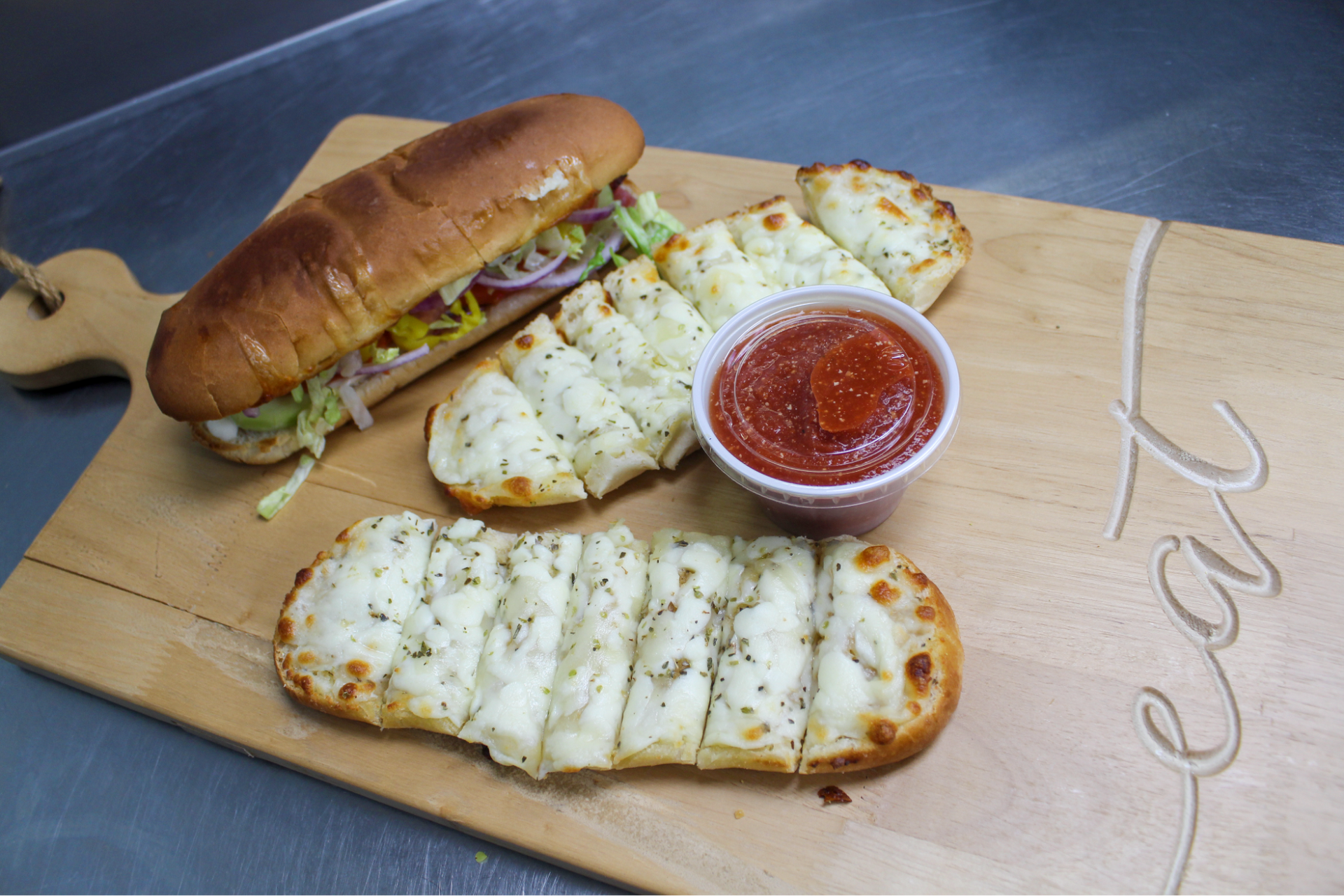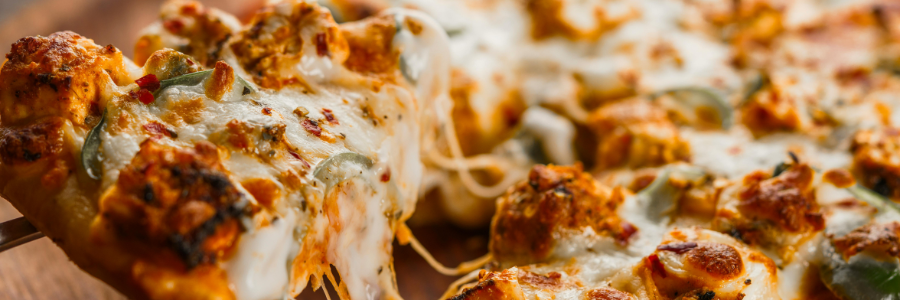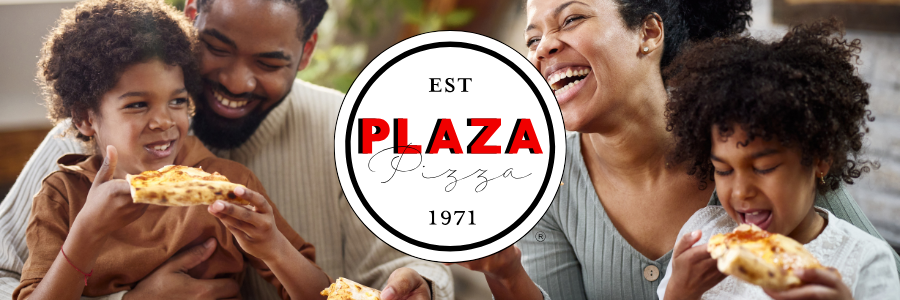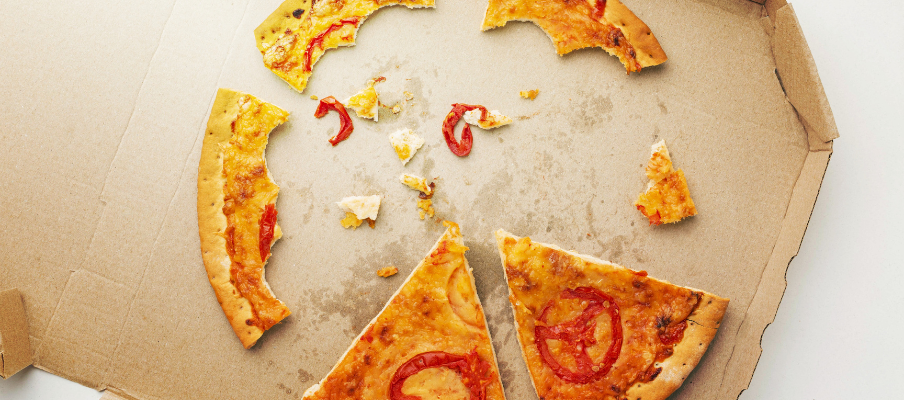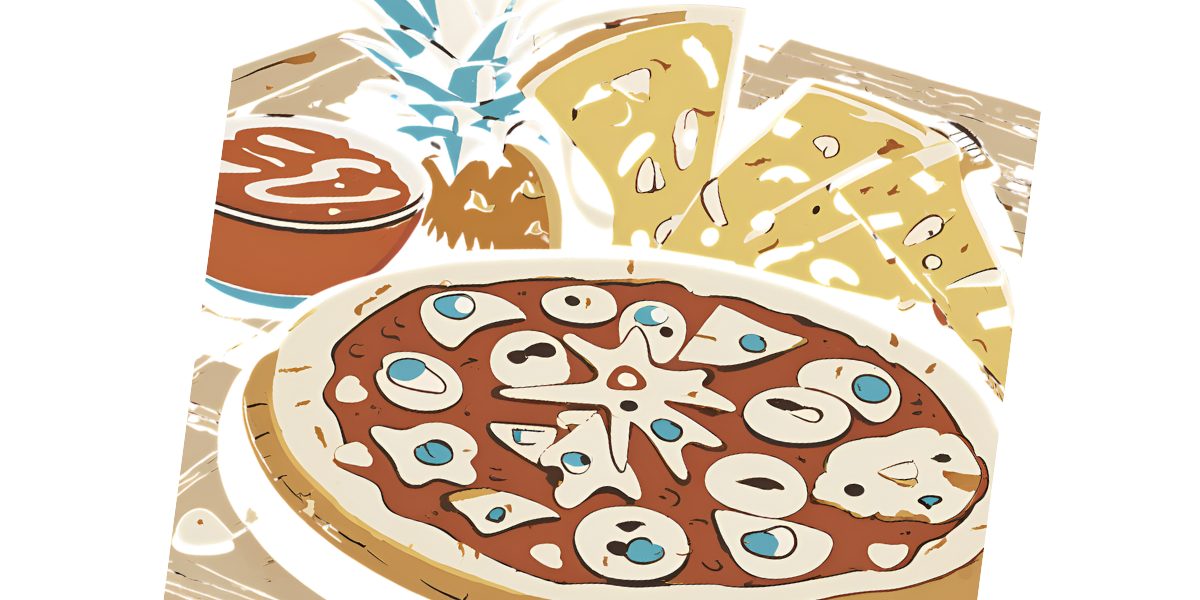How Long Can Pizza Sit at Room Temperature?
Pizza is one of the most beloved foods worldwide, known for its versatility and deliciousness. Pizza's popularity is unmatched, whether it's a casual meal at home, a party favorite, or a quick bite on the go. However, while enjoying this culinary delight, it's crucial to consider food safety, particularly regarding how long pizza can sit at room temperature. Improper handling and storage of pizza can lead to foodborne illnesses, which can be easily avoided with the right precautions. Ohio, renowned for having some of the best pizza in the country, offers a variety of options that are not only tasty but also safe to enjoy when proper food safety practices are followed.
Risks of Pizza Left in
Hotter
Conditions
Leaving pizza (or any perishable foods),left out in the sun or in conditions hotter than room temperature accelerates bacterial growth, significantly increasing the risk of food poisoning. Bacteria such as Staphylococcus aureus and Salmonella multiply rapidly in warm environments, making the pizza unsafe to eat in a shorter time frame. In hot weather, the one hour rule shortens to 20 minutes, as bacteria can reach dangerous levels more quickly. To prevent foodborne illness, always store pizza in a cooler or refrigerator within 20 minutes when temperatures exceed
90°F (32°C). Ensuring rapid cooling and proper storage is essential for maintaining food safety during warmer months.
Understanding
Microbial Growth on Pizza
Understanding the factors that contribute to microbial growth on pizza can help you store it safely.
Temperature, humidity, and the types of toppings can influence how quickly harmful bacteria can develop. High-risk toppings include meats and cheeses, which are more prone to bacterial growth due to their protein content.
Explaining the specific conditions that accelerate this process can educate customers on why certain pizzas might have shorter safe storage times.
Importance of
Refrigerating Leftover Pizza
Refrigerating room temperature leftover pizza within one hour is crucial to prevent bacterial growth and foodborne illnesses. The ideal refrigerator temperature for storing pizza is below 40°F (4°C). At this temperature, the growth of harmful bacteria such as Staphylococcus aureus and Salmonella is significantly slowed, reducing the risk of contamination. Proper refrigeration ensures that your leftover pizza remains safe to eat, preserving its quality and taste for future enjoyment. By promptly storing pizza in the refrigerator, you can enjoy your favorite slices without the worry of health risks, ensuring a safe and delicious meal.
Safe Reheating Practices for Pizza
Methods for Reheating Pizza
- Oven: Preheat the oven to 375°F (190°C). Place the pizza on a baking sheet or directly on the oven rack for 10-15 minutes. This method ensures even heating and maintains a crispy crust.
- Microwave: Place the pizza on a microwave-safe plate with a cup of water next to it to keep the crust from getting too chewy. Heat on high for 1-2 minutes, checking frequently.
- Stovetop: Heat a skillet over medium heat. Place the pizza in the skillet, cover with a lid, and cook for 5-7 minutes. This method helps retain the crust’s texture.
Seasonal Tips for Pizza Safety
With changing seasons, the guidelines for storing pizza safely can vary. During summer, the higher temperatures mean pizza should be refrigerated sooner than the typical two-hour window. Providing seasonal safety tips can ensure that customers enjoy their pizza without risk year-round. For example, in winter, customers might need reminders about not leaving pizza in a car for too long during shopping trips, as cars can act like refrigerators and freeze the pizza, altering its texture and taste.
Importance of Reaching
165°F (74°C)
Regardless of the method, ensure the pizza reaches an internal temperature of 165°F (74°C) to eliminate any harmful bacteria.
Tips for Even Reheating and Maintaining Quality
- Avoid Overheating: Reheat slowly to avoid drying out the pizza.
- Cover Pizza: When using the oven or stovetop, covering the pizza helps retain moisture.
- Check Temperature: Ensure the pizza is evenly heated to 165°F (74°C).
By following these tips, you can enjoy your leftover pizza safely and deliciously.
Tips for
Enjoying Leftover Pizza Safely
Best Practices for Storing Leftover Pizza
- Refrigerate pizza within one hour of it being at room temperature.
- Store pizza in an airtight container or wrap it tightly in aluminum foil or plastic wrap.
- Keep the refrigerator temperature below 40°F (4°C).
Signs That Leftover Pizza Has Gone Bad
- Off smell or sour odor.
- Visible mold or discoloration.
- Unusual texture.
Recommendations for Avoiding Common Mistakes
- Avoid leaving pizza out for more than one hour, especially in hot weather.
- Reheat pizza to an internal temperature of 165°F (74°C) to kill any potential bacteria.
- Do not reheat pizza more than once to ensure safety and quality.
By following these guidelines, you can safely enjoy your leftover pizza without the risk of foodborne illness.
Food Safety Protocols in Ohio and Plaza Pizza
Ohio's food safety protocols are stringent, ensuring that restaurants maintain high standards of hygiene and food handling. The Ohio Department of Health conducts regular inspections to enforce compliance with safety regulations, such as proper food storage, cooking temperatures, and employee hygiene practices.
Plaza Pizza adheres to these protocols meticulously, ensuring all pizzas are prepared and stored safely. Refrigerator temperatures are maintained below 40°F (4°C). By prioritizing food safety, Plaza Pizza guarantees a safe and delicious pizza for all customers.
Conclusion: Following food safety guidelines is essential to prevent foodborne illnesses and ensure your pizza remains safe to eat. By adhering to the one hour room temperature rule, refrigerating leftovers promptly, and reheating pizza to the correct temperature, you can enjoy your pizza without worry. Proper storage and reheating practices not only preserve the quality and taste of your pizza but also protect your health. Enjoying the best pizza in Ohio can be both delicious and safe when you follow these simple yet crucial steps. Prioritize food safety to savor every bite of your favorite pizza worry-free.
